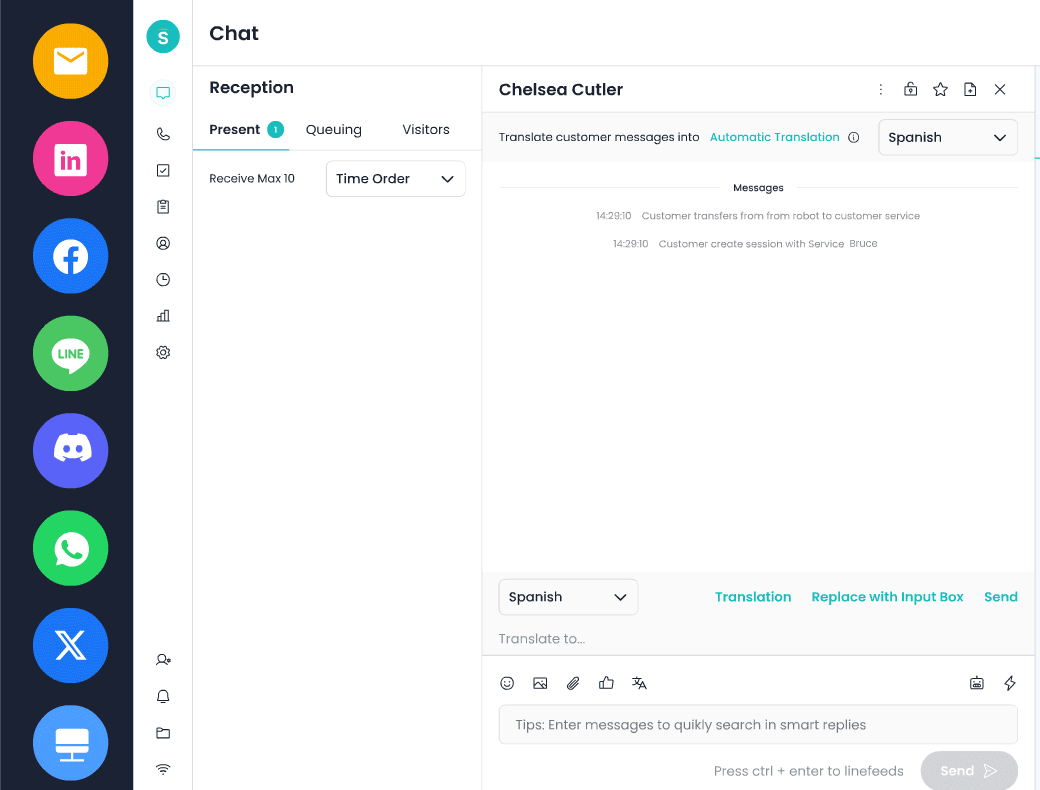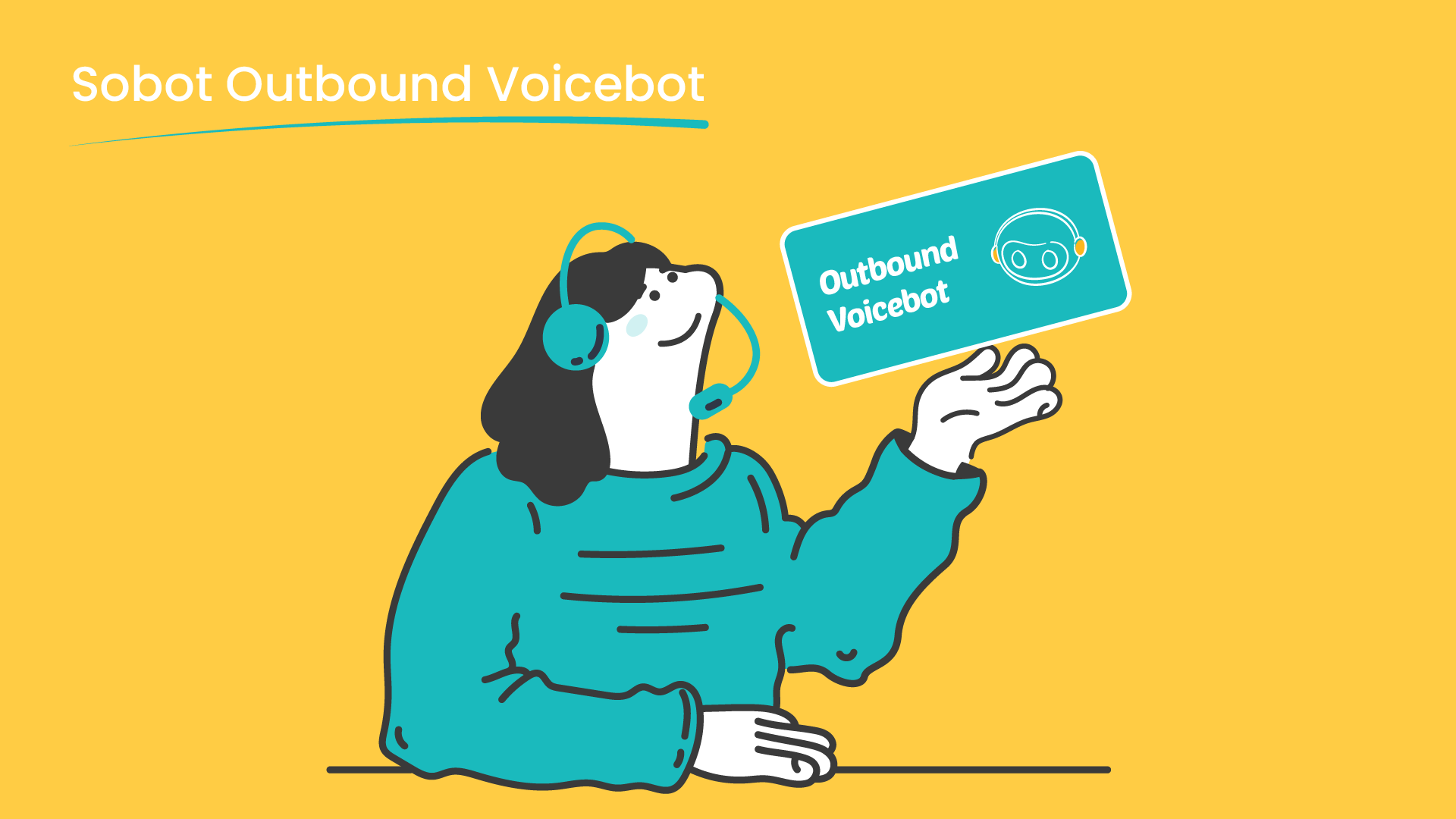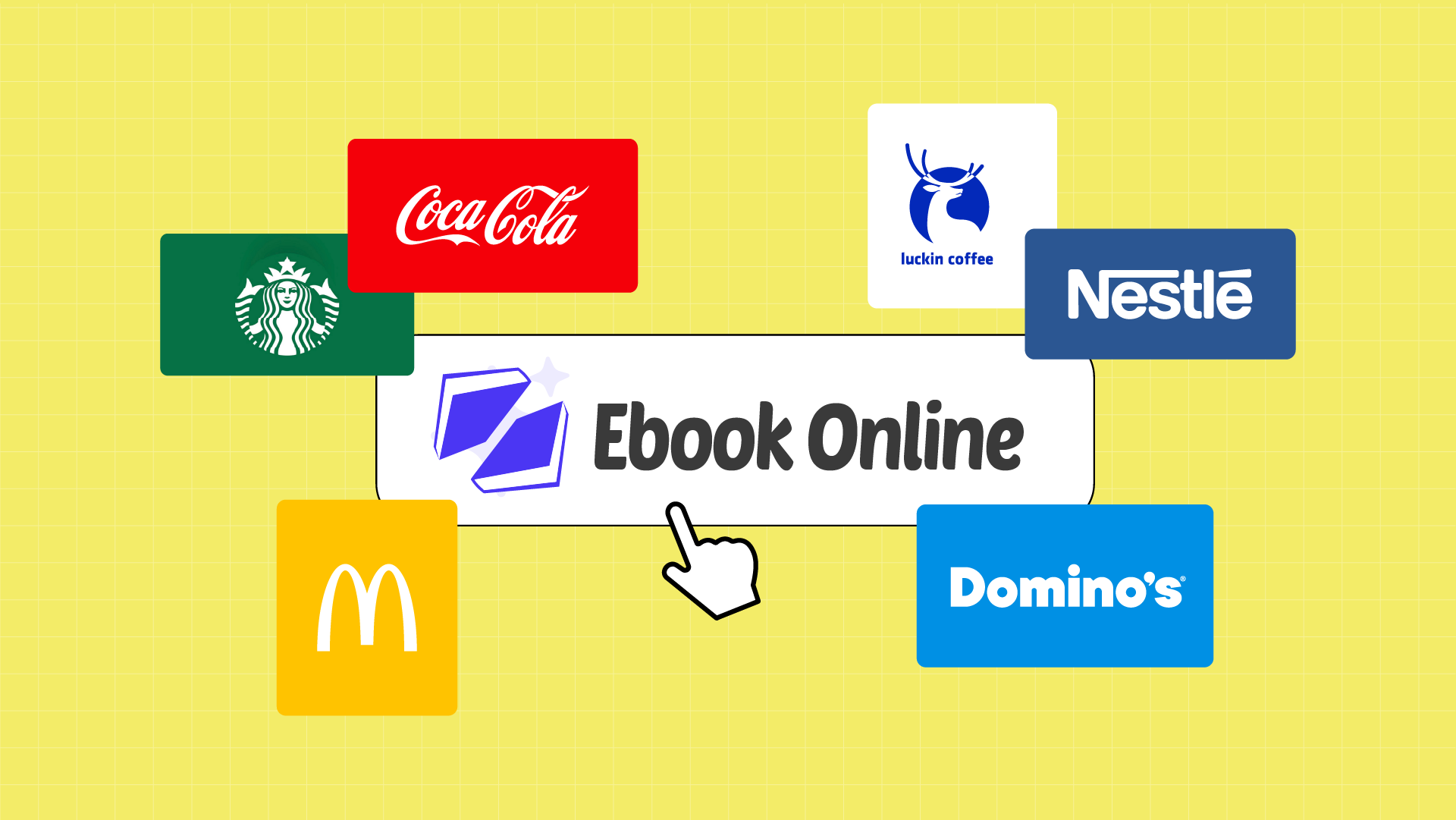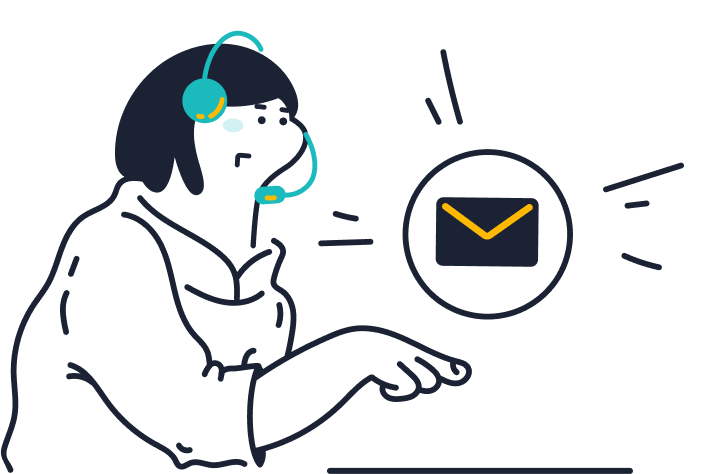At a case study sharing session, an operation specialist from Sobot told about the story behind the optimization of Sobot’s outbound voicebot.
“When optimizing the customer’s intelligent outbound calling strategy, we discovered an unprecedented issue— although many customers speak English, their accents can vary dramatically across different regions! For example, customers who speak ‘Nigerian English’ cannot understand the ‘standard English’ spoken by the voicebot, and the voicebot also struggles to accurately comprehend expressions with ‘accents’. Thanks to our outbound voicebot, the recognition and transcription of ‘accented speech’ were greatly improved. The error rate in customer question recognition immediately dropped by 20%, increasing the final callback follow-up efficiency by nearly 30%.”
The upgrade of Sobot outbound voicebot better adapts to global business needs, making the customer contact process more diverse, accurate and smooth.
More Diverse: Multiple languages + multiple time zones, supporting 13 languages with global coverage.
More Accurate: Self-trained models + voice optimization, significantly improving multilingual recognition & transcription capabilities.
More Smooth: Seamless transfer to a human agent within a single call, enabling smoother human-machine collaboration.
More Diverse– Multiple Languages + Multiple Time Zones
Supporting 13 Languages for Global Business
Multilingual capability is the foundation for supporting global business. However, in voice communication, it’s much more complex to accurately recognize the content in multiple languages than in chat communication, for it involves the conversion between speech and text.
But with Sobot’s upgraded voicebot, everything can be much easier. Sobot has significantly expanded the language coverage of voicebot interactions. For multi-round scenarios like interactive dialogues (such as customer follow-up visits, lead pre-communication, etc.), Sobot’s outbound voicebot supports content recognition and communication in Chinese, English, Spanish, and Arabic. For single-round interaction scenarios like notification, Sobot supports 13 languages including Chinese, English, Spanish, Arabic, Indonesian, Malay, and more. In this way, companies can reach out to customers in the language they speak, thus greatly enhancing business coverage.
Besides, to handle global outbound tasks, it supports configuration based on different time zones. When configuring outbound tasks, human agents no longer need to calculate time zones manually; they can simply select the time zone, and the task will be executed according to the corresponding time zone, with data viewable accordingly.
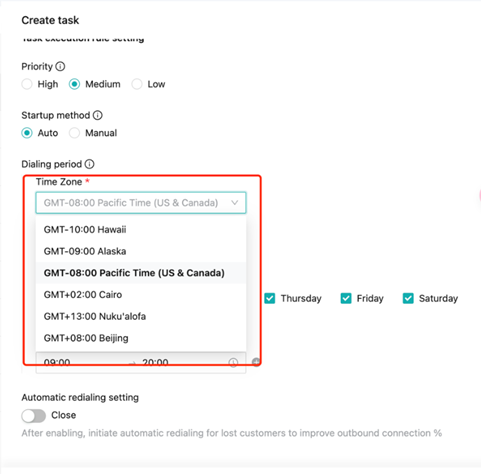
More Accurate– More Accurate Recognition + More Natural Voice
Self-trained Models Significantly Enhance Multilingual Recognition & Transcription Capabilities
Each call task executed by the voicebot involves 4steps:
- Speech-to-Text (ASR)
- Semantic Understanding
- Retrieving Response Content
- Text-to-Speech (TTS)
Among these, the instant nature of calls and the casual communication content make step 1and step 4 particularly challenging in multilingual environments, which is the hardest point to break through for global voicebots.
To achieve accurate and smooth communication with visitors in multilingual calls, the following three points must be satisfied simultaneously:
- Prerequisite: Correctly identify the language and accurately convert it to text;
- Core: Accurately understand the semantic meaning of the text and provide appropriate response content;
- Experience: Respond in the corresponding language with a more authentic voice tone.
Sobot’s upgraded voicebot focuses on solving the issues above based on extensive historical operational experience.
First, Sobot focuses on optimizing the recognition and transcription of the caller’s speech content during the call. Through continuous practical experience summary and investment in training corpus resources, the Character Error Rate (CER, which compares the recognition result with the reference text—a lower error rate indicates higher recognition accuracy) of Sobot’s voicebot has significantly decreased. It shows that the accuracy of recognition and transcription has already improved by 2%-10%.
Secondly, Sobot has upgraded the self-trained models for semantic understanding to be multilingual. After the visitor’s speech content is accurately converted into text, it automatically enters the self-trained model for decomposition and reconstruction. Through complex algorithms and NLP semantic recognition technology, the content is understood multi-dimensionally. Coupled with pre-set hot word strategies, the accuracy of semantic understanding is comprehensively enhanced. Practical data shows that after applying the multilingual self-trained model and hot word strategies, the accuracy of semantic understanding interactions can be improved by an average of 10%.
Finally, in terms of experience, Sobot upgraded the multilingual voice bank reserves and incorporated more real human recording resources, including options for accents from multiple countries off the same language. Enterprises can use more human-like voices tailored to specific situations for communication, making the voicebot’s voice sound less robotic.
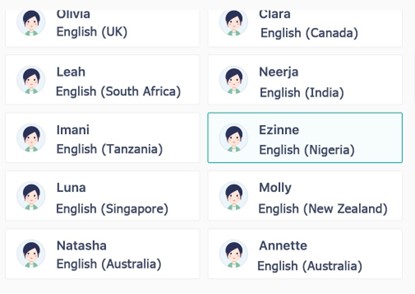
Through detailed decomposition and optimization of every step of voice interaction, Sobot’s voicebot has improved its intelligence in multiple languages, making it easy to conduct bulk calling tasks globally.
More Smooth– Optimized Human-Machine Collaboration
Smooth Transfer from Voicebots to Human Agents Within a Single Call
In some complex telemarketing tasks, intelligent outbound calls often need to be transferred to human telemarketers. For example, in a new product promotion task, the voicebot first conducts bulk calling tasks to filter the potential customers. When a potential customer shows interest, a human telemarketer follows up for deeper engagement.
With Sobot’s updated voicebot, the collaboration between the intelligent voicebot outbound calls and human telemarketing can become tighter. Besides enabling direct transfer to a human agent, the intelligent outbound call also stores the call recording directly in the customer center. When the human telemarketers answer the calls, they can immediately review the previous communications between the customers and the voicebot, avoiding repetitive questions and being fully prepared for the script of proactive contact.
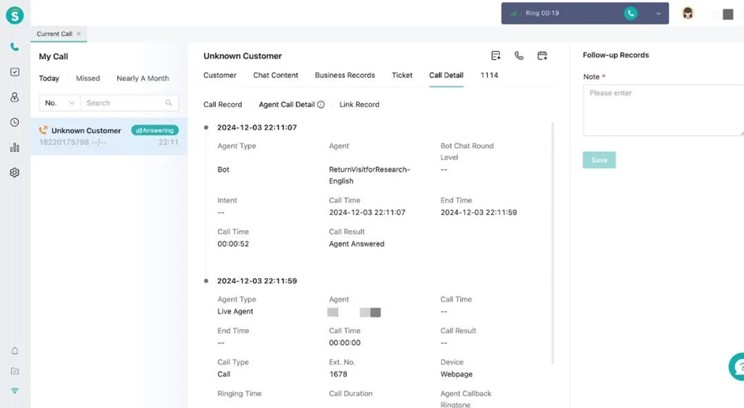
In addition, Sobot has also been optimizing t the intelligent outbound call’s statistical reports, global number resources, AI script node configuration, and more, helping enterprises apply and manage the system more simply and quickly.
If you need a multilingual, highly accurate global voice solution that covers multiple time zones, Sobot’s outbound voicebot is an excellent choice. Come and have a free trial now!
